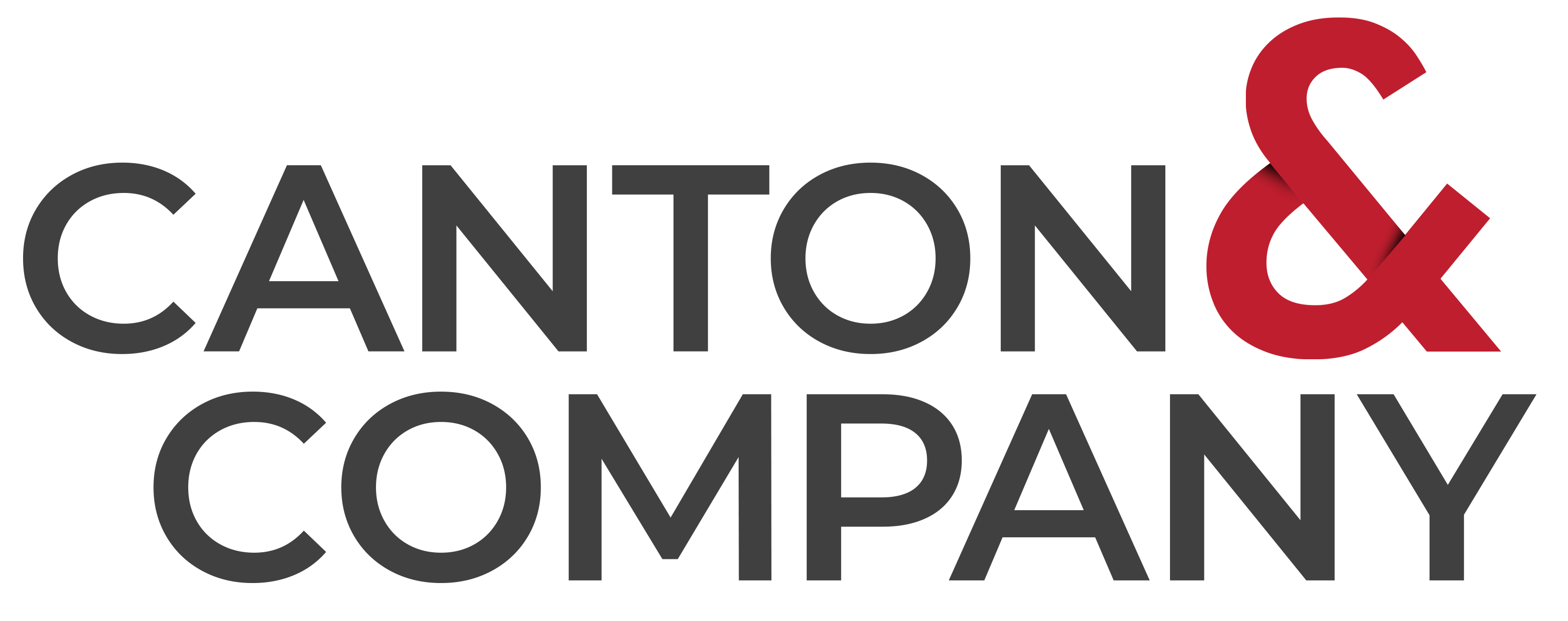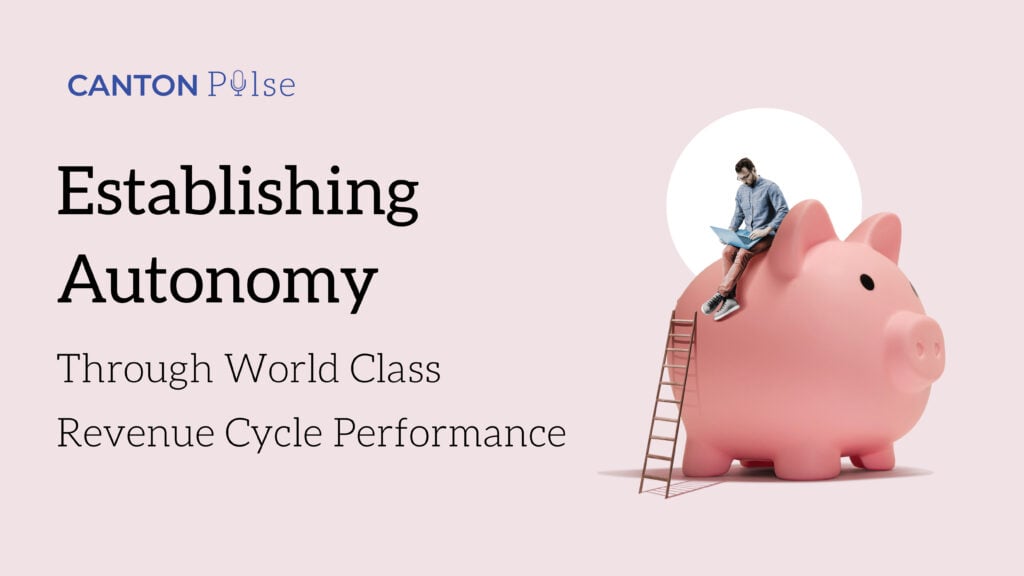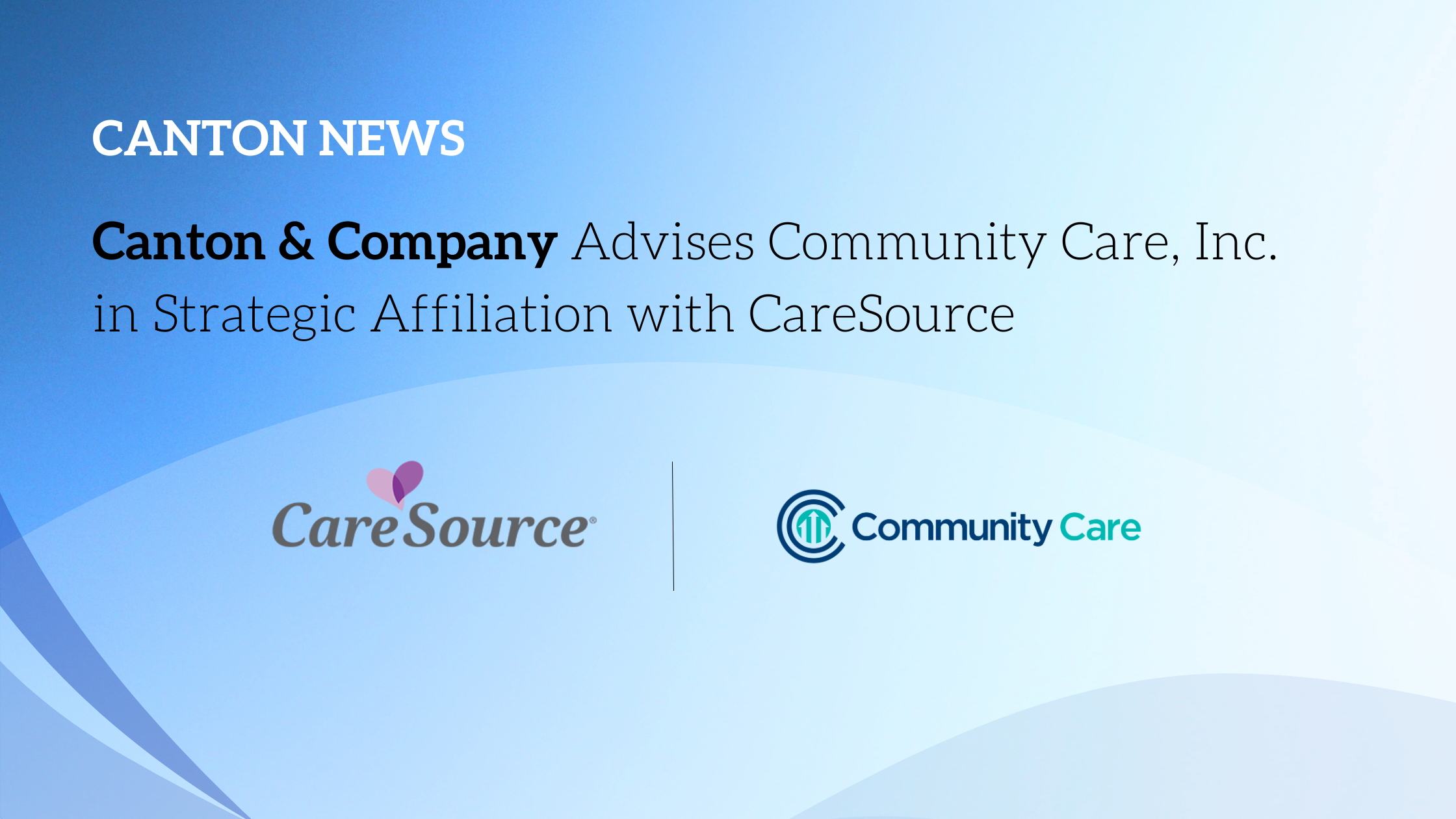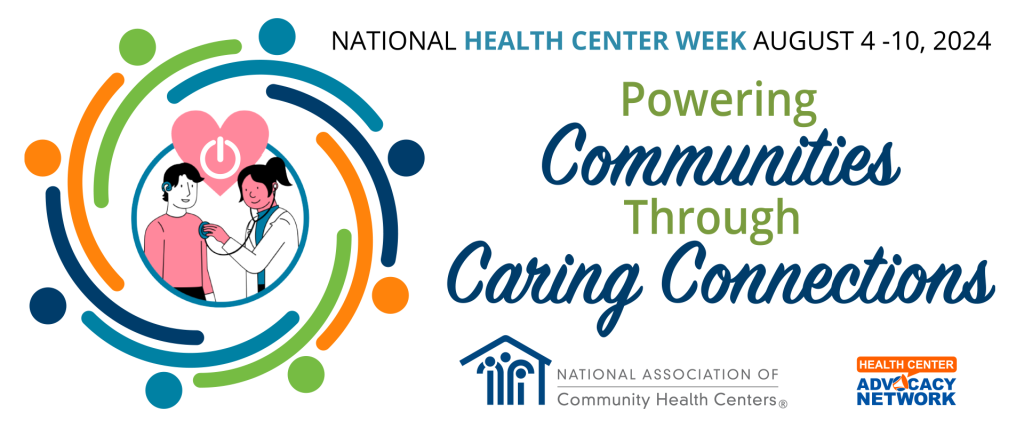It’s a daunting task: Provide comprehensive primary and preventive care to patients of all ages in underserved and rural areas regardless of their ability to pay or their health insurance status. Yet that’s exactly what Federally Qualified Health Centers (FQHCs) nationwide do every day.
Although a significant portion of an FQHC’s funding comes from a federal grant through Section 330 of the Public Health Service Act, these critical organizations increasingly rely on Medicaid, Medicare, Affordable Care Act (ACA) Marketplace plans, and self-pay revenue streams to survive. But survival becomes harder and harder with rising costs and payment cuts, as well as the impact FQHCs will feel from enrollment redetermination, which could affect as much as 17% of Medicaid enrollees. Many FQHCs continue to struggle in the wake of the COVID-19 pandemic, and savvy financial leaders are searching for ways to increase revenue and become financially self-sufficient. This requires a novel approach to revenue cycle management (RCM)—one focused on efficiency, compliance, and revenue integrity.
Here are the most common RCM challenges that we have observed among health centers focused on improving RCM as a key organizational strategy:
1. Competing priorities.
This is a challenge for all healthcare organizations, and FQHCs are no exception. Whether it’s creating and updating a strategic plan, performing an annual financial review, hosting a site visit, or dealing with a resurgence of COVID, FQHCs struggle to manage it all—and they oftentimes overlook RCM.
Solution: Raise organizational awareness. Promote a CFO-driven, enterprise-wide RCM improvement strategy. A C-suite-led effort fosters staff buy-in, particularly among salaried physicians who may not be incentivized to improve coding, billing, and documentation accuracy. We have observed that the best performing health centers engage a thorough, independent RCM assessment every one to two years, regardless of their perception of performance, to get independent “eyeballs” and offer possibly uncovered opportunities or issues.
FQHC leader, Ami Cotharn, MSN, RN, Coastal Health & Wellness COO, reinforces the importance of prioritizing RCM revitalization and her experience with Canton & Company as embedded advocate and SME:
“Bringing the RCM process in-house was a vital component for successfully creating an RCM best-practice foundation for our health center. Canton & Company was instrumental in facilitating our RCM Revitalization Project.
They assisted our health center in establishing healthy RCM processes, updating policies to reflect compliance, and providing workflow and education to RCM staff. Comparing Q1 2022 with RCM outsourced to Q1 2023 RCM in-house, our health center has increased revenue by 34% and 33% in billed encounters.”
2. Closing clinical care gaps.
When FQHCs don’t have effective ways to address SDOH and close clinical care gaps, these deficiencies affect clinical outcomes and impede achieving contractual quality measures. The amount of incentive dollars that FQHCs “leave on the table” is significant; this is not a place to be sloppy, and percentage of incentive attainment should become a KPI.
Solution: Focus on community partnerships and assign payer relationship specialists to foster consistent communication, manage claims issues and re-contracting, and also understand value-added programs. Additionally, take advantage of “free” services from payers to assist with closing gaps in care and improving incentive payments.
Thorough and proactive staff training on clinical quality measures and accurate data collection is also essential to closing gaps. Documented workflows ensure the daily upkeep of claims and payments, while assessing the billing team helps to ensure they are well trained for successful reimbursements. By incorporating these strategies, FQHCs can proactively improve care quality, meet contractual measures, and streamline operations for better outcomes and financial success.
3. Outdated billing technology and overly manual revenue cycle workflows.
Many FQHCs have not taken the time to update their electronic health record (EHR) and billing systems to leverage all that newer technology has to offer. They often rely on antiquated systems that actually decrease efficiency and increase risk.
Solution: Document your “as-is” RCM workflow, end-to-end and identify opportunities for improvement. Look for potential “single points of failure” – where your center has an overreliance on a key person, or process, and hence you have heightened risk exposure. Benchmark KPIs and operating metrics against others to gain an understanding of where you sit and the opportunity for improvement. Explore and invest in updated solutions that promote billing compliance and revenue integrity through automation, artificial intelligence, and detailed data analytics.
4. RCM staffing shortages.
Like most healthcare organizations nationwide, FQHCs struggle to find enough RCM staff to ensure timely and compliant billing. Sixty-eight percent of FQHCs reported losing five to 25% of their workforce as a result of the COVID-19 pandemic, according to a recent survey conducted by the National Association of Community Health Centers (NACHC). Sixty-five percent of respondents believe employees that left did so because of better financial opportunities at competing organizations—specifically up to a 25% increase in salary.
Solution: Form a strategic retention plan. Prioritize staff recruitment and retention through higher salaries, better benefits and perks, and remote work arrangements. Strive to become an “employer of choice” and make sure you are seeing yourself in a talent competition with a variety of other employers in your market, not just other FQHCs or even health services businesses. Another approach is to assess opportunities for partnering or outsourcing certain functions. This is tricky and not for the faint of heart – and requires some deep thinking about a competence needed to run your business versus a core competence that core to your comparative advantage in your market – generally speaking needed competencies don’t necessarily need to be provided “in-house”, but core competencies probably should be staffed and built internally.
5. Increasing denials.
Today’s revenue cycle is complex, and payers continue to clamp down on noncompliant billing. FQHCs must develop a proactive strategy to combat denials.
Solution: Take the time to understand FQHC payments and develop a denial management workflow that includes drilling down into the root cause of each denial. For example, did the denial occur due to inaccurate medical codes? Registration errors? Incorrect primary versus secondary insurance? Something else? Invest in staff education to prevent denials proactively. Proactive audits are also helpful. Be sure to focus on frequently denied services or high-volume services such as chronic care management, behavioral health integration, psychiatric collaborative care, telehealth, virtual communication, and vaccines.
Taking steps toward revitalized RCM
Like most health center leaders, you may be wondering how well your RCM capabilities are keeping up with best practices, evolving regulations, and payer requirements. Or maybe you know your performance needs improvement, but you’re not sure how and when to take the first step towards implementing solutions.
With RCM HealthCheck, the experienced Canton & Company team will help you understand the current state of your revenue cycle operations, while delivering the specific market benchmarks and actionable recommendations you need to improve financial performance — all within just a few weeks. We’ll work with you to quickly assess all the people, process, and technology aspects of your RCM.
Receive a tailored assessment of your health center’s RCM standing in seconds by visiting our new RCM HealthCheck Calculator. Know where you stand and identify steps for marked improvement today.







.png)